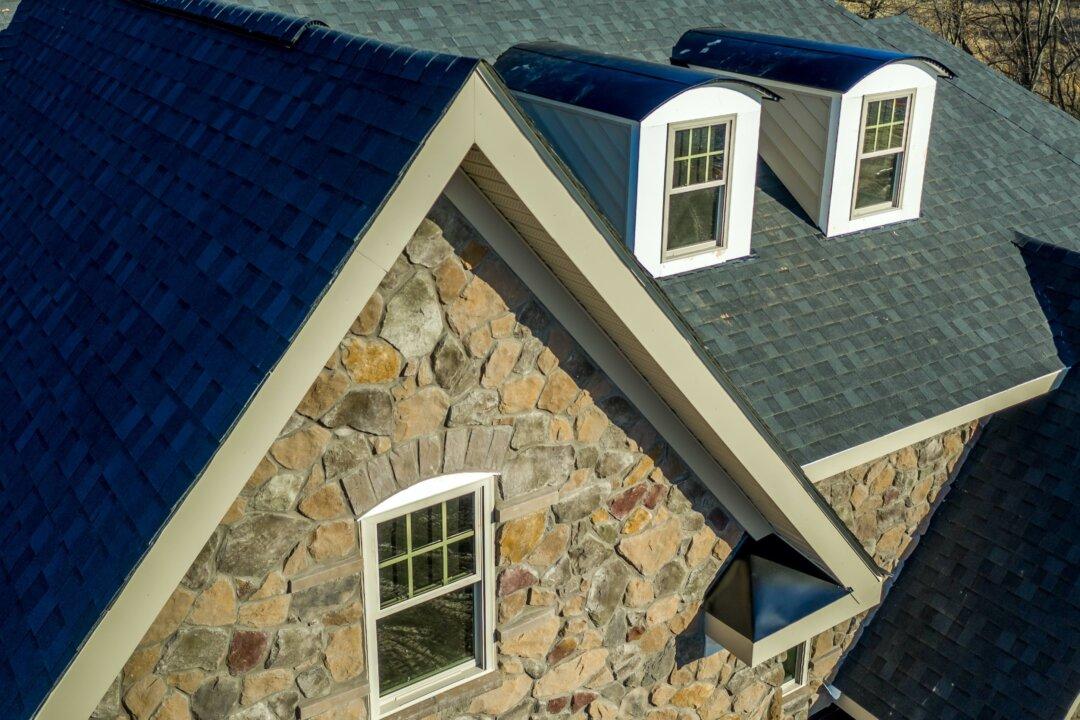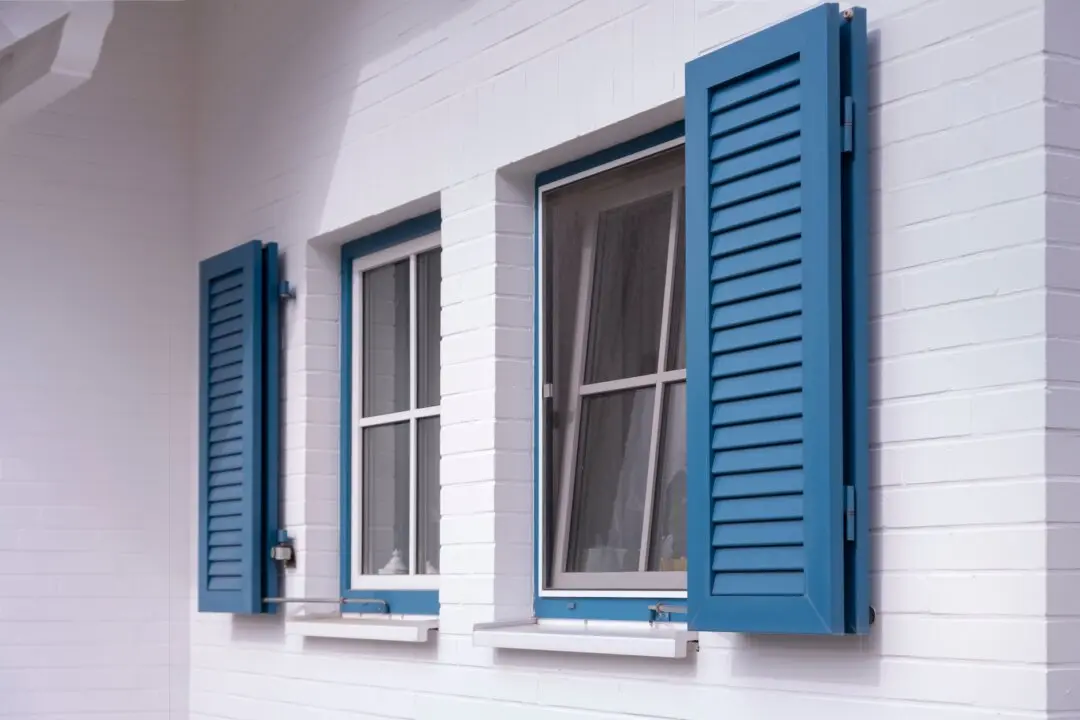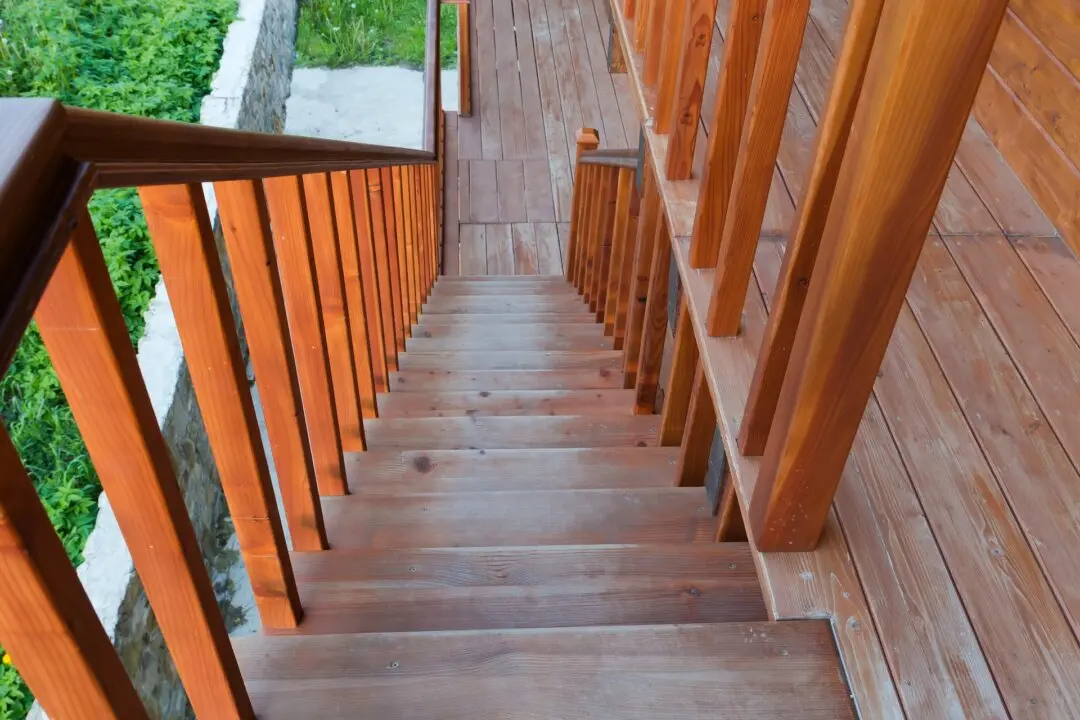Dear James: My house now has siding, but some of it is deteriorating. I would like to replace those spots with manufactured stone accents. Is this a reasonable project?—Tim D.
Dear Tim: This definitely can be done by an experienced do-it-yourselfer. Plan to use the stone for just accents, so you may still need to replace some siding. Adding too much stone may not create the accent effect. Instead, it may look like you just could not afford all stone.





